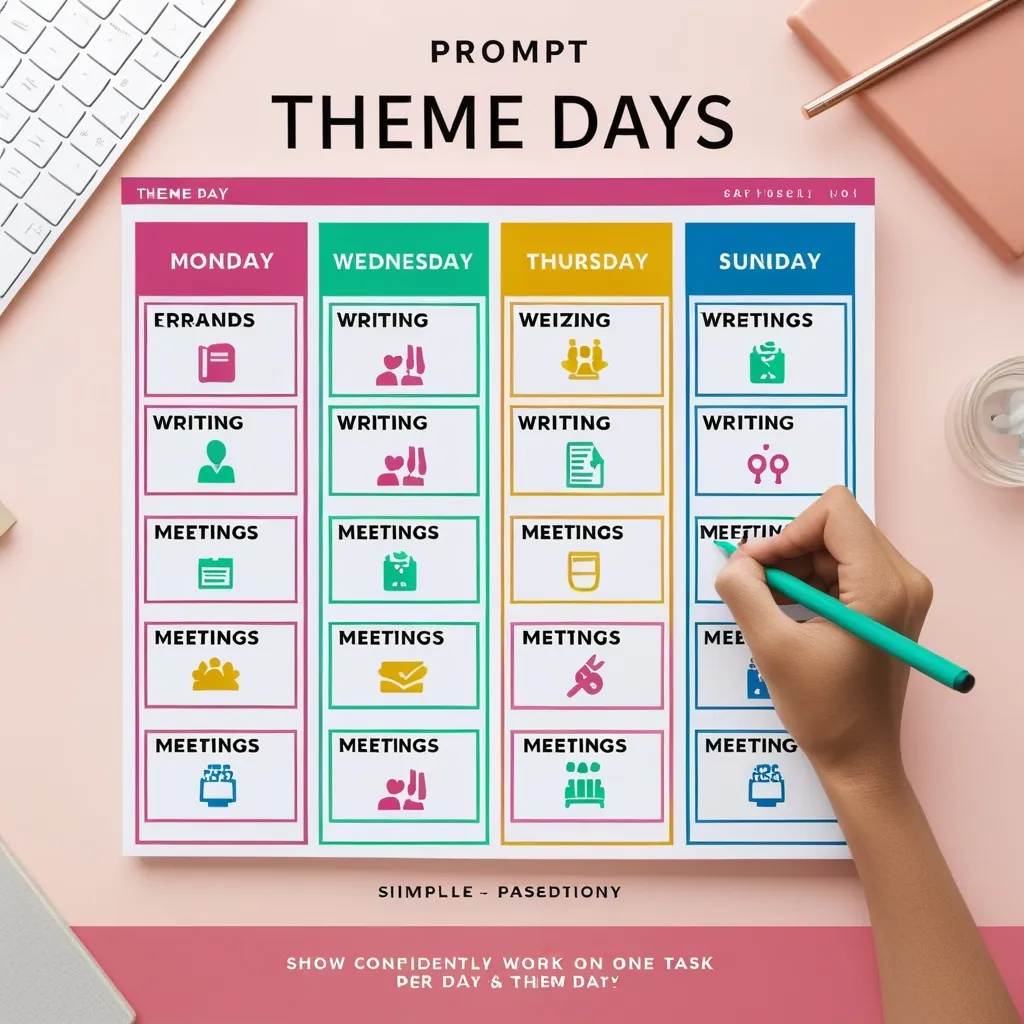Artificial intelligence is revolutionizing productivity in finance and beyond. By harnessing AI tools effectively, financial professionals can dramatically boost their efficiency and output. However, integrating AI requires a thoughtful approach to maximize its benefits.
Studies have shown AI can increase productivity by up to 66% for business users on realistic tasks. For top consultants using advanced AI like GPT-4, performance jumped by 40%. This translates to completing more tasks with higher quality results.
But AI isn’t a magic bullet - it works best within its “jagged technological frontier” of capabilities. When used properly for suitable tasks, AI supercharges productivity. Used improperly, it can actually decrease performance. The key is understanding AI’s strengths and limitations.
In finance, AI can transform workflows in numerous ways. As a financial analyst, you could use AI to rapidly generate initial drafts of market reports, crunch large datasets, and create data visualizations. This frees you up to focus on higher-level analysis and strategic recommendations. Portfolio managers can leverage AI to monitor markets in real-time, receive risk alerts, and even automate portfolio rebalancing.
Integrating AI effectively requires more than just installing software. A thoughtful implementation approach is crucial. This starts with comprehensive onboarding and training so your team understands how to use AI tools properly. Peer training can be especially effective, with experienced users mentoring others.
You’ll likely need to reconfigure roles and workflows to best leverage AI’s strengths. For instance, AI could handle data analysis, allowing human analysts to focus more on interpreting results and decision-making. The AI interface design is also critical - it should be user-friendly while discouraging over-reliance on AI outputs.
Fostering a culture of accountability is vital when implementing AI. Set clear expectations that employees need to validate AI-generated work and apply their own judgment. Teach people to clearly explain their processes rather than just deferring to AI.
While incredibly powerful, AI remains a tool to augment human skills, not replace them. Employees still need to apply critical thinking to ensure AI outputs meet required standards. A McKinsey survey found AI use is spreading across a broad range of roles beyond just technical positions. However, there’s also concern about retention, highlighting the need for reskilling programs.
The productivity gains from AI could have major economic implications. Historically, such gains haven’t always translated to higher wages for average workers. With AI, there’s potential for more equitable growth if the benefits are shared broadly. AI can accelerate scientific breakthroughs, improve healthcare efficiency, enhance customer service, and more. This can potentially lead to lower costs, higher profits, and economic growth that improves living standards.
Looking ahead, AI’s potential to drive productivity growth is immense. It’s comparable to transformative technologies of the past like electricity or personal computers. However, we must also grapple with AI’s ethical and social impacts, including potential job displacement. Organizations and policymakers need to ensure AI’s benefits are shared fairly while protecting and upskilling workers.
For financial professionals, embracing AI is becoming essential to stay competitive. Imagine being able to analyze vast troves of market data in minutes instead of days. Or having an AI assistant to handle routine tasks, freeing you to focus on high-value strategy work. The possibilities are exciting.
But it’s crucial to approach AI thoughtfully. Don’t just chase the latest shiny AI tool - carefully evaluate how it fits into your specific workflows and objectives. Be prepared to evolve your processes to best leverage AI capabilities. Provide thorough training so your team can use AI effectively and responsibly.
Also remember that AI has limitations. It can make mistakes or perpetuate biases present in training data. Human oversight and judgment remain essential, especially in finance where decisions can have major consequences. Use AI to augment your skills and insight, not replace critical thinking.
As you integrate AI, stay attuned to how it impacts your work and team dynamics. Are there new challenges around transparency or accountability? How does it affect collaboration? Address issues proactively to create a positive AI-augmented work environment.
Don’t neglect the human side of change management when adopting AI. Some employees may feel threatened or struggle to adapt. Provide support, communicate the benefits clearly, and create opportunities for people to develop new high-value skills alongside AI.
Consider the broader ethical implications as well. How can you ensure AI is used responsibly in your organization? What guardrails should be in place? Having thoughtful policies and governance around AI use is increasingly important.
While the productivity potential of AI is immense, realizing those gains takes work. Simply installing AI software isn’t enough. You need to thoughtfully redesign workflows, retrain staff, and evolve your processes. But the payoff can be transformative.
Ultimately, AI represents an incredible opportunity to supercharge productivity in finance and beyond. By understanding its capabilities, implementing it strategically, and addressing broader implications, we can unlock new levels of efficiency and insight. AI won’t replace human financial professionals, but it will transform how we work. Those who learn to effectively leverage AI will have a major competitive advantage.
The finance industry has always been at the forefront of adopting new technologies, and AI is no exception. From algorithmic trading to fraud detection, AI is already making its mark. But we’re still in the early stages of this AI revolution.
Imagine a future where AI handles all the mundane, repetitive tasks that currently consume so much time. Financial models that once took weeks to build could be created in hours. Risk assessments could be continuously updated in real-time as market conditions change. Customer service chatbots could handle routine inquiries, freeing human agents to tackle complex issues.
But with great power comes great responsibility. As AI becomes more prevalent in finance, we must be vigilant about potential risks. AI systems can propagate biases present in historical data. They may make decisions that are difficult for humans to interpret or explain. And over-reliance on AI could potentially create new systemic risks in financial markets.
That’s why it’s crucial to maintain human oversight and cultivate “AI literacy” throughout organizations. Everyone from C-suite executives to front-line employees needs to understand AI’s capabilities and limitations. We must create robust governance frameworks to ensure AI is used ethically and responsibly.
As AI continues to evolve, staying informed about new developments is key. The field is advancing rapidly, with new breakthroughs happening regularly. Allocate time to keep up with AI trends and consider how emerging capabilities could benefit your work.
Don’t be afraid to experiment with AI tools, but do so thoughtfully. Start small with low-stakes projects to gain experience and build confidence. Learn from both successes and failures. Share insights with colleagues to accelerate organizational learning.
Remember that implementing AI successfully is as much about people and processes as it is about technology. Foster a culture of innovation and continuous learning. Encourage employees to think creatively about how AI could enhance their work. Create channels for sharing AI best practices across teams.
As you integrate AI into your workflows, strive to quantify its impact. Track productivity metrics before and after AI implementation. Calculate time and cost savings. Measure improvements in accuracy or customer satisfaction. Having concrete data on AI’s benefits can help justify further investments and drive wider adoption.
While the productivity gains from AI are exciting, also consider how those gains are distributed. How can AI-driven efficiencies benefit not just the bottom line, but also employees and customers? Perhaps AI-enabled cost savings could fund professional development programs or be passed on to clients through lower fees.
Lastly, don’t lose sight of the human skills that will remain crucial in an AI-augmented world. Emotional intelligence, creativity, ethical reasoning, and strategic thinking are areas where humans still far surpass AI. Cultivating these skills alongside AI literacy will be key to thriving in the future of finance.
The AI revolution in productivity is here, and its impact on finance will only grow. By embracing AI thoughtfully and strategically, financial professionals can unlock unprecedented levels of efficiency and insight. The future belongs to those who learn to dance with the machines, leveraging AI to amplify human intelligence and creativity. Are you ready to lead in this AI-powered future?






